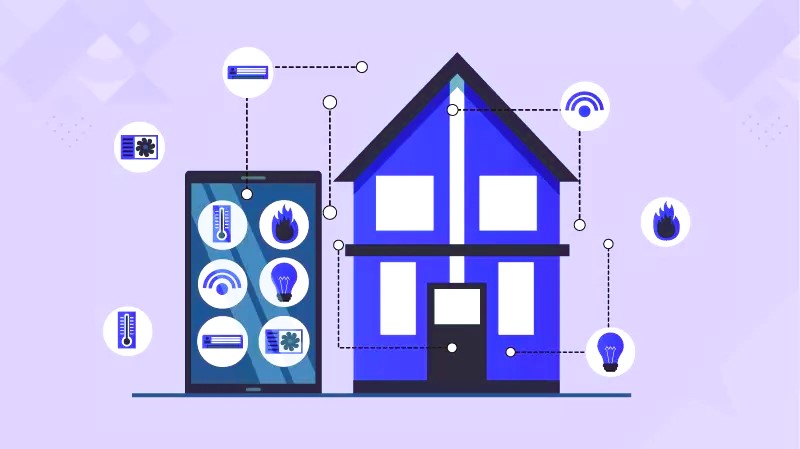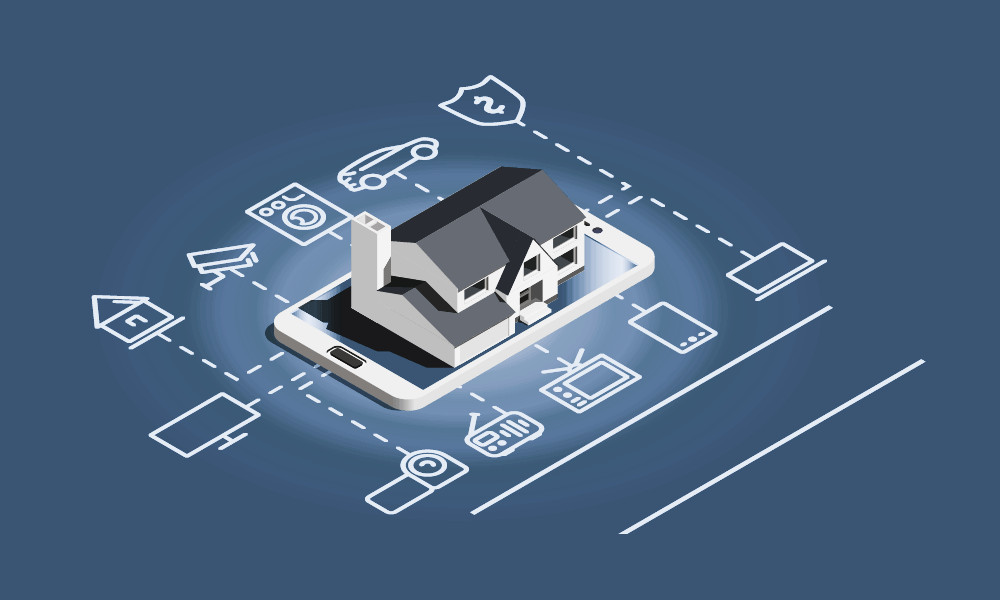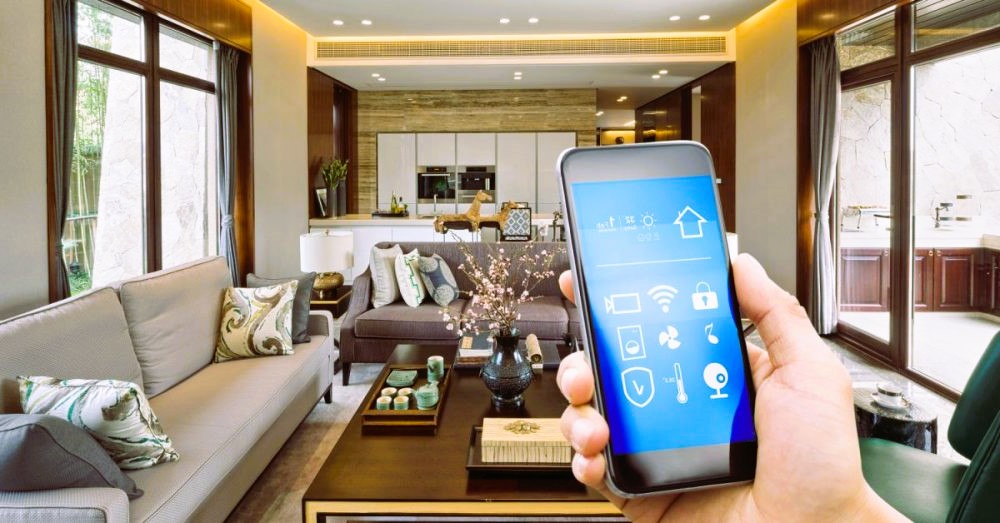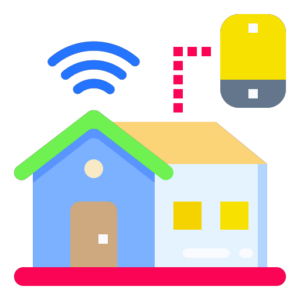In the era of smart technology, our homes are becoming more intelligent and connected than ever before. At the heart of this transformation lie smart home applications, which act as the digital orchestrators, seamlessly integrating and managing various devices to enhance our daily lives. In this comprehensive exploration, we’ll delve into the world of smart home applications, their functionalities, and how they contribute to the evolution of modern living.
The Rise of Smart Home Applications
Smart home applications serve as the central control hubs for managing diverse smart devices within a household. From lighting and security systems to thermostats and entertainment units, these applications empower users to monitor, automate, and customize their living spaces with unprecedented convenience.
Key Functionalities of Smart Home Applications:

- Device Control and Automation: One of the primary functions of smart home applications is to provide users with centralized control over their connected devices. Whether it’s turning off lights, adjusting thermostat settings, or locking doors, users can manage multiple devices with a few taps on their smartphones.
- Automation and Scenes: Smart home applications enable users to create automation rules and scenes. Automation allows for predefined actions triggered by specific events, such as turning on lights when motion is detected. Scenes, on the other hand, enable users to set multiple devices to specific settings simultaneously, creating customized environments for different scenarios.
- Remote Access: Remote access is a pivotal feature, allowing users to monitor and control their smart home devices from anywhere with an internet connection. Whether at work, on vacation, or simply away from home, users can ensure their homes are secure and tailored to their preferences.
- Voice Control Integration: Many smart home applications seamlessly integrate with popular voice assistants like Amazon Alexa, Google Assistant, and Apple Siri. This enables users to control their devices using voice commands, adding an extra layer of convenience to the smart home experience.
- Energy Management: Smart home applications often include features for monitoring and optimizing energy usage. Users can track energy consumption, set schedules for devices, and receive insights into how their habits impact overall energy efficiency.
- Security and Alerts: Security features are integral to smart home applications, providing users with real-time alerts and notifications. Whether it’s a motion detected by a security camera or a door left unlocked, users can stay informed about the status of their home security.
- Integration with Third-Party Devices: To enhance versatility, smart home applications support integration with a wide range of third-party devices. This includes smart appliances, cameras, sensors, and other devices, fostering a more interconnected and comprehensive smart home ecosystem.
Popular Smart Home Applications:
- SmartThings by Samsung: SmartThings is a versatile smart home application that supports a wide range of devices. It offers automation, remote control, and compatibility with various smart home protocols, making it a popular choice for users with diverse smart devices.
- Apple HomeKit: HomeKit is Apple’s smart home framework, offering a seamless and secure platform for managing smart devices. It is deeply integrated into the Apple ecosystem, allowing users to control devices using Siri voice commands and create automation routines.
- Google Home: Google Home serves as the control center for Google’s ecosystem of smart devices. With compatibility with Google Assistant, users can control devices, set up routines, and use voice commands for hands-free management of their smart homes.
- Amazon Alexa: Alexa, Amazon’s voice assistant, has its dedicated application that serves as a hub for managing Alexa-enabled devices. Users can control smart home devices, set up routines, and explore a vast library of third-party skills to extend functionality.
- Hubitat Elevation: Hubitat Elevation caters to users who prefer local control of their smart devices. This application runs locally, ensuring faster response times and increased reliability. It supports a wide range of devices and allows for complex automation rules. Smart Home system, read our article about 9 hidden functions for comfort.
The Importance of International Standards in Smart Home Applications:

As the smart home ecosystem continues to expand, the need for international standards becomes increasingly crucial. The International Organization for Standardization (ISO) plays a significant role in developing and maintaining standards for various aspects of smart home technology. These standards cover areas such as device interoperability, data privacy, and communication protocols.
For more information on international standards related to smart home technology, you can refer to the ISO website.
Challenges and Considerations:
While smart home applications offer unprecedented convenience, users should be aware of potential challenges. These include:
- Compatibility Issues: Ensuring that all smart devices are compatible with the chosen application is essential for seamless integration and optimal performance.
- Data Security and Privacy: As smart home applications handle sensitive data, prioritizing robust security measures and understanding privacy policies is crucial to safeguarding personal information.
- Reliability and Connectivity: The reliability of smart home applications depends on a stable internet connection. Users should be prepared for occasional outages and ensure backup solutions for critical functions.
Conclusion: Shaping the Future of Intelligent Living
In conclusion, smart home applications are at the forefront of shaping the future of intelligent living. With their diverse functionalities, these applications empower users to create personalized and automated environments that align with their preferences and lifestyle. As the smart home ecosystem continues to evolve, adherence to international standards ensures a cohesive and secure experience for users worldwide. Embrace the convenience of smart home applications, making your home not just a living space but an intelligent haven tailored to your needs.


